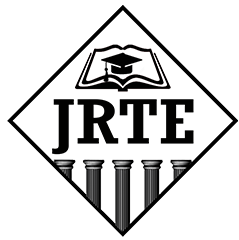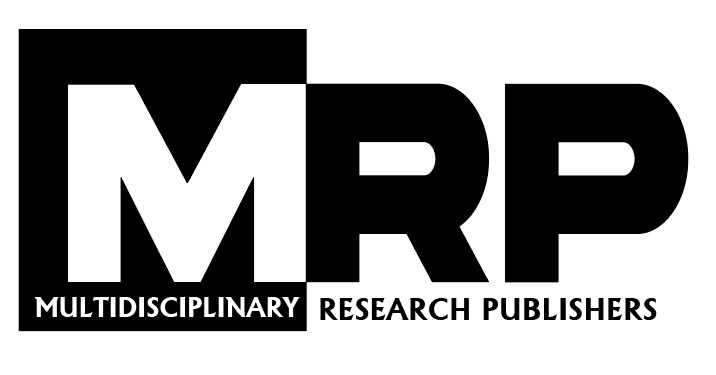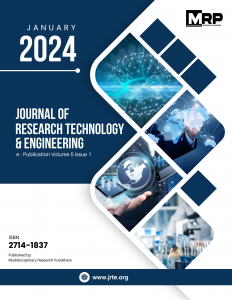Downloads
Sri Lanka has a proud natural rubber product manufacturing industry that plays a significant role in the economy, providing a considerable identification to Sri Lanka. The history of the rubber industry dates back to 1876. The first rubber tree was planted at Henarathgoda botanical garden in Gampaha by Sir Henry Wickham [1]. After 1876, within several decades, the evolution of the rubber industry in Sri Lanka took placed and became a prime source of the gross national product. Same as the tea industry, the rubber industry is an imperishable colonial inheritance that provides benefits and sustainable economic growth to the country. Tea, rubber, coconut are the major agricultural crops in Sri Lanka, and rubber is one of them that acquired the position as a world-class raw material supplier for the global requirement. The country produces globally demanded and acclaimed types of natural rubber, including Ribbed smoked sheet (RSS), all grades of Crepe Rubber, all grades of Technically Specified Rubber (TSR), and Latex Concentrate [2]. Crepe rubber holds an outstanding position among these types of natural rubbers as it is used to manufacture surgical and pharmaceutical items due to its highest purity and hygienic properties [3].
Written by JRTE
ISSN
2714-1837
| M | T | W | T | F | S | S |
|---|---|---|---|---|---|---|
| 1 | 2 | 3 | 4 | 5 | ||
| 6 | 7 | 8 | 9 | 10 | 11 | 12 |
| 13 | 14 | 15 | 16 | 17 | 18 | 19 |
| 20 | 21 | 22 | 23 | 24 | 25 | 26 |
| 27 | 28 | 29 | 30 | 31 | ||
Our Visitors






 Users Today : 7
Users Today : 7 Total Users : 18301
Total Users : 18301 Views Today : 18
Views Today : 18 Total views : 53311
Total views : 53311 Who's Online : 0
Who's Online : 0 Your IP Address : 3.135.200.211
Your IP Address : 3.135.200.211

